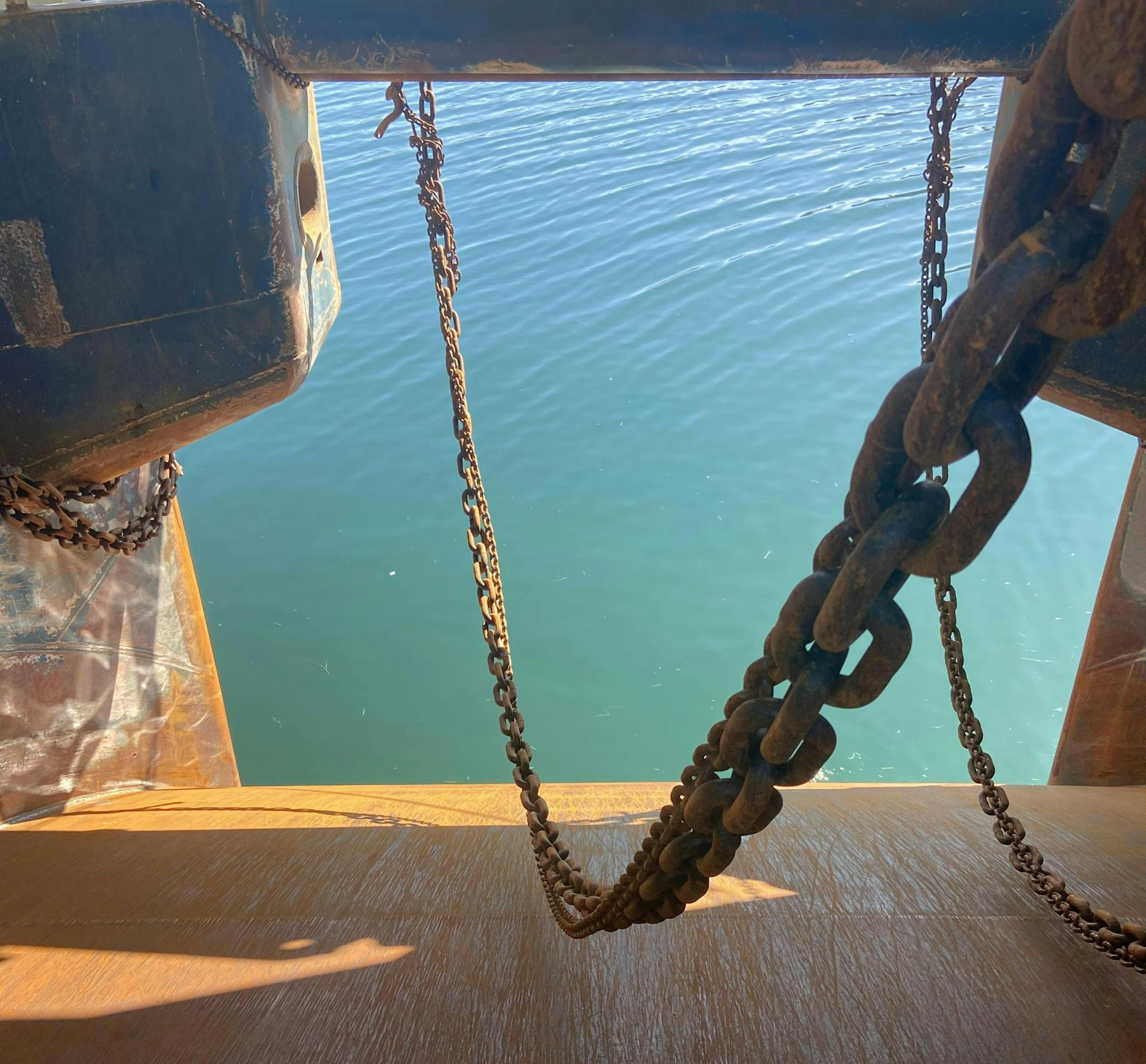Fisheries management
Stock, advice and decisions
The Marine and Freshwater Research Institute (MRFI) conducts research on the distribution, size and yield potential of the main species stocks. Stock assessments are based on systematic research of the size and productivity of the fish stocks and the marine ecosystem.
The MRFI provides scientific advice on the total allowable catch (TAC) for each year (or fishing year, Sept.-Aug.) with the objective of promoting sustainable use. The information is presented to and evaluated by the International Council for the Exploration of the Sea (ICES), that also provides advice on many stocks. This collaboration ensures that the MFRI is working in conformity with international criteria.
The Ministry of Industries and Innovations is responsible for the political policy making, issuing of regulations and long-term planning in fisheries. The Ministry decides on the TAC for each species stock based on scientific advice from MFRI.
The Directorate of Fisheries is entrusted with the day-to-day administration of fisheries and is responsible for the implementation of the legislation. The Directorate of Fisheries allots annual catch quotas to each vessel by distributing the total allowable catch according to the quota shares attached to each vessel. Transferable quota shares have been distributed to individual fishing vessels on the basis of their catches in a given stock during the three years prior to the introduction of the stock into the quota system. The individually transferable quota shares and catch quotas are the cornerstone of the Icelandic fisheries management system. The system is intended to limit the total catch and to ensure that catches are in line with total allowable catch.
In addition to the individually transferable quota system, Icelandic fisheries management includes many other management measures such as area restrictions, fishing gear restrictions, and the use of closed areas to conserve important vulnerable habitats. Extensive provisions are made for temporary closures of fishing areas to protect spawning and juvenile fish. These measures are all meant to support and secure the sustainability of the fisheries.
Effective control and enforcement is an inseparable part of responsible fisheries management. The Directorate of Fisheries monitors Icelandic fisheries closely to ensure that all rules are obeyed. Iceland has one of the most sophisticated enforcement regimes in the world, in particular regarding port control and weighing of all catches. According to Icelandic law, discards are prohibited. All catches must be landed.
Management approach and supplementary measures
Fisheries management in Icelandic waters is primarily based on catch limitation (output control) through individual transferable quotas (ITQs);
- Each vessel is assigned a quota share (%) in each stock, initially based primarily on catch history over a reference period.
- The annual allowable catch for each vessel from each stock is obtained by multiplying the TAC of the year and the vessel‘s quota share (as a proportion).
- Quotas can be transferred between vessels; this applies both to quota shares and annual catch allotments. Quota transfer is mainly intended to promote rationalisation and thus increase profitability in the industry.
- Exceptions include: Community quotas (not based on vessels‘s quota share, all other provisions apply; limited amount); summer inshore handline (jigging) fishery (limited amount).
Supplementary measures
- Discarding of commercial species is prohibited by law.
- Extensive area closures to fishing for the protection of juvenile fish: Large nursery areas closed on long term basis; temporary real time closures.
- Fishing gear selectivity in demersal fisheries ensured through requirements for minimum mesh size and/or the use of sorting grids to allow small fish to escape capture.
- Closure to fishing of main spawning grounds for the major demersal fish stocks during peak spawning season.
- Closures to protect stony corals and thermal vents.
Flexibility
- A provision allowing the use of catch quota for one species to count against a limited catch amount of another species.
- Auctioned catch; it is permitted to land a small fraction of the year‘s catches without use of quota; such catches go to auction and the proceeds go to a public fund tofor supporting research.
- It is permitted for the year‘s catch to exceed the year‘s quota by 5% forin some species; the excess is then deducted from the following year‘s quota.
- It is permitted to postpone fishing for part of the quota and to transfer up to 15% of the year‘s quota to the following fishing year; postponement of fishing in considered beneficial to the growth of long-lived fish stocks.
- Catches of undersized fish in some cases (e.g. cod <50 cm) count only as half their weight against quota; this is to discourage discards; the actual amounts are small.
Implementation
A central fishing vessel registry is maintained; only registered vessels that have been granted a fishing licence may engage in commercial fishing. Before embarking on a fishing trip, the vessel‘s operators must ensure that the vessel has quota registered which suffices for the expected catch.
Recording of vessel catch quotas and catches is done in the Fisheries Directorate‘s central data base which is accessible to all; thus transparency is ensured.
All catches shall be landed in officially designated landing harbours; Accredited harbour officials weigh the catch by species and record in the central data base; Landed catch is subtracted from the vessel‘s quota. When quota is used up, the vessel owner must acquire additional quota for the vessel, else fishing must stop; failing that, the vessel loses its fishing license. The Directorate of Fisheries and the Icelandic Coast Guard monitor and control commercial fishing and the landing of catches.
Supply - Total allowable catch
The total allowable catch (TAC) is set for every fishing year (Sept-Aug) by the Minister of Fisheries and Agriculture, based on the recommendation from the Marine Research Institute (MRI). The International Council for the Exploration of the Sea (ICES) also provides advice on many stocks.
Each vessel is allocated a certain share of the total allowable catch (TAC) of the relevant species. The catch limit of each vessel during the fishing year is thus determined on basis of the TAC of the relevant species and the vessel’s share in the total catch.
The TACs (in tons) for the main species for the fishing year 2021-2022:
For information in English about the status of fish stocks, please visit the Marine Research Institutes web.
For further details on TAC, please visit the website of the Directorate of Fisheries.


